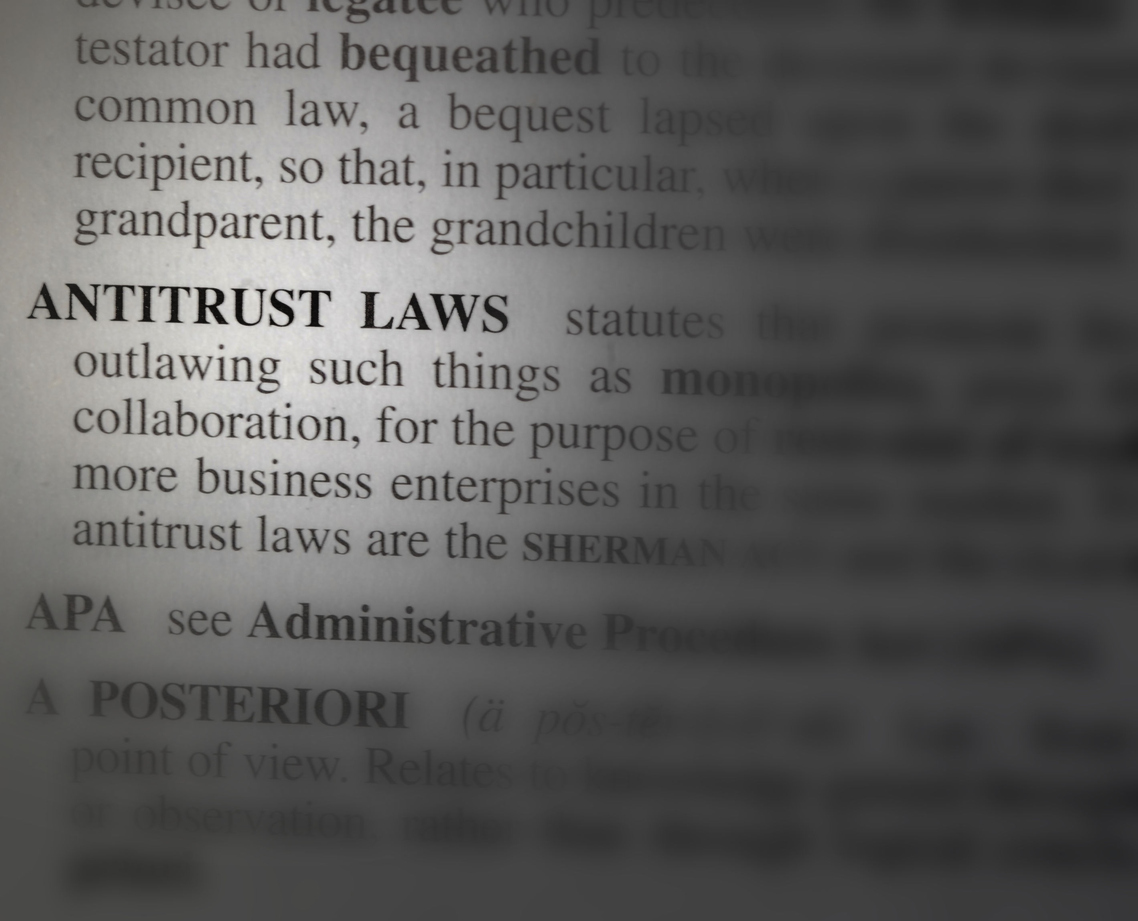The California and Colorado wildfires are the most recent natural disasters to highlight the pervasive underinsurance problem. United Policyholders has been in the forefront pushing an agenda to end this problem. But there continues to be push back from the insurance industry about making products and practices which will correct the problem.
A comment from Bill Wilson to The Underinsurance Gap: Who Is Truly in a Better Situation To Determine the Full Amount of Property Insurance Required on a Structure?, stated the following:
The real conundrum when it comes to underinsurance is following a catastrophe like a wildfire, hurricane or other major weather event. The reason is, while the policy limit on a dwelling might be reasonably accurate for losses to that single premises, when hundreds or thousands of properties are impacted at the same time, costs can dramatically increase.
The Independent Insurance Agents & Brokers of America-affiliated Mid-America Insurance Conference has been pursuing a product with ISO since at least 2015 that could provide higher limits of insurance and extend coverage for Additional Living Expenses. As far as I know, this discussion continues at their annual meeting to this day.
In commercial lines, ISO has an endorsement CP 04 09 – Increase In Rebuilding Expenses Following Disaster (Additional Expense Coverage On Annual Aggregate Basis). This endorsement increases, by a percentage, increased replacement costs, debris removal, and ordinance or law coverages. Something like that is needed in personal lines. To the best of my knowledge, it’s not available from ISO but might otherwise be a marketplace option under a proprietary insurer form.
One of the best insurance agent educators is David Thompson. He weighed in on the issue by commenting that there is not a perfect solution to the problem:
The best tool an agent has is a replacement cost estimator program, (RCE) typically provided by the insurer. Not that it’s an ‘estimator,’ it’s not a guarantee of adequate coverage. If you take the same house and run it through five different RCE platforms, you’ll get five different figures. Likewise, if you show building plans to five different contractors, you’ll get five different estimates. My parents just had a new roof installed on their house and in the process had bids from three licensed and insured reputable roofers with each given the same specifications as to how the roof was to be done. The prices were $26,000, $34,000, and $41,000. Same roof, same work…vastly different prices.
Most likely the best qualified person to estimate the replacement cost of a house is a contractor. Just three days ago, I called the contractor who did a major renovation of my house two years ago asking, ‘If you built a house like mine within a mile, what would the cost per square foot be?’ His reply was, ‘I did just that about a month ago and the cost was right at $175 per square foot.’ There are also commercial firms that specialize in calculating in replacement costs of structures, typically for a fee. Reality is, a consumer is not going to use either option when it comes to valuation. Sadly, too many consumers (and, yes, some agents) care about little more than price. If you lower the building coverage, you lower the premium.
Some insurers send their own employees (or a contract service) to houses to inspect and verify the coverage amount. If an insurer does this and says (for example) ‘The replacement cost of your house is $1.2 million and that’s the coverage we will write’ then they are held to a higher standard after a loss.
There is no ‘silver bullet’ here. From the perspective of the agent, however, their best course of action is to accurately complete the RCE, advise the customer that the figure is not a guarantee of adequate coverage, and suggest that they are free to obtain their own figure.
I would suggest that the National Association of Insurance Commissioners ask for suggestions from The Big I and other insurance agent associations on this issue. If the insurance industry and the ISO will not do something about this, insurance agents who have customers furiously pointing their fingers at agents about being underinsured may have valid suggestions.
A legal insurance expert, Charles Miller, studying the underinsurance problem stated in an article, Burned Out: A Look At Why California Homes Are Underinsured And The Litigation That Arises Out Of That Underinsurance:1
[U]nderinsurance is a national problem. One study by Marshall & Swift/Boeckh, found that between 2002 and 2006, between 58% and 73% of homes in the United States were underinsured. (See P. Wells, Insuring to Value: Meeting a Critical Need, (2d ed. Nat’l. Underwriter 2007) p. 46). According to the same study, there is now ‘an estimated 58 percent of homes undervalued by an average of 21 percent’ in the United States.'(Id.).How did this come about? It resulted from the insurance companies and their agents failing over decades to properly determine the replacement cost of homes. The insurance industry knew this. In order to avoid the foreseeable consequences of its failure the insurance industry adopted a modern version of caveat emptor: The homeowner, not the insurer, was responsible for determining the cost to replace their homes. This position was taken, and supported in the courts, despite the homeowner’s obvious inability to accept this duty, which the insurance industry unilaterally imposed on the homeowner.
…
There are several reasons the industry has failed to properly set replacement cost limits.
For years, the insurance industry has adopted methodologies and used software programs that were insufficient to determine replacement cost amounts, and the insurance industry knew that….
Likewise, the California Department of Insurance concluded that the software tools used by insurers were ‘inadequate for formulating a realistic dwelling rebuilding cost’. . . .
Insurance agents may not have been properly trained to determine the accurate amount of insurance. The insurance industry has refused to inspect homes (except high- end homes), even though the industry recognized that this was the most effective way to properly measure replacement cost. ‘In the absence of a visual inspection by a producer with time and expertise, the adequacy of the estimate erodes….Likewise, Hassani has reported that insurers do not want to conduct individual inspections because “the business does not produce enough premium to justify inspections.’…In other words, it costs too much! Insurers are responsible to train their agents, and any failure to do so on the part of the insurers may contribute to policyholders’ underinsurance.
It may be inherently impossible for the insurer to accurately set replacement cost where there is a large-scale disaster resulting in the destruction of hundreds or thousands of homes. This is due to several factors. First, every year, construction costs increase, often exceeding the annual rate of general inflation…If policies are renewed without consideration of these increases, the policyholder, over time, will become more and more underinsured. Also, construction prices often will increase significantly after a disaster because of high demand for construction services.
David Thompson is correct that there is not a “silver bullet” solution to the problem. This does not mean that we do not start implementing a plan of action to mitigate the current problem before it will surely happen again.
Thought For The Day
Perfection is not attainable, but if we chase perfection we can catch excellence.
—Vince Lombardi
__________________________________
1 Charles Miller. Burned Out and Underinsured: A Look At Why California Homes Are Underinsured And The Litigation That Arises Out Of That Underinsurance. Advocate Magazine (Consumer Attorney Association of Los Angeles). September 2019.




